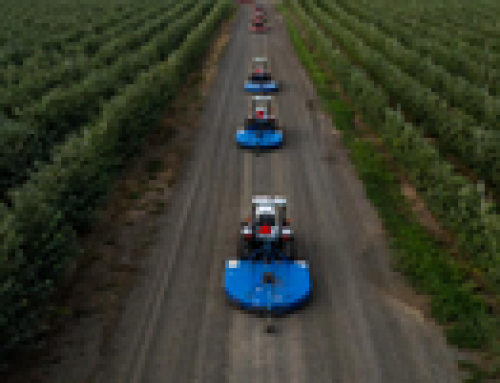By Jonathan Coppess, Department of Agricultural and Consumer Economics, University of Illinois
February finds farm bill reauthorization frozen in the uncertainty of extended continuing resolutions and ongoing dysfunction in Congress (Hill and Downs, January 22, 2024; Downs and Brown, January 29, 2024; Abbott, January 28, 2024; Baethge, January 18, 2024; Weaver, January 22, 2024; Hagstrom, January 19, 2024). Challenges on the floor of the Senate and the increasingly dysfunctional House are matters of concern, but of greater concern is the complete lack of any progress by either committee; farm bill reauthorization has not stalled, it has not gotten started. This lack of progress cannot be blamed on the larger, headline distractions that have Congress careening from debt ceilings, to battles over the Speaker of the House, to funding the government through annual appropriations or continuing resolutions. Impasse at the committee level indicates a fundamental disagreement over specific policy priorities. This article initiates a series measuring farm policy from different angles in search of perspectives on the impasse.
Background
The complex, complicated, and extraordinarily difficult, legislative process with which most everyone is familiar depends on, and begins with, the work at the committee level. Each will have to report its version of legislation to begin the daunting task of the Madisonian double majority (see e.g., farmdoc daily, January 12, 2023). Legislation must run a political gauntlet that is time-consuming and demanding, made more so by a campaign-shortened legislative calendar. It is therefore disconcerting that an entire year of the 118th Congress has passed with little public information about the priorities for farm policy. What little is known has trickled out mostly as rumors in the press, but it all points to a single major impediment: a demand to increase (at least some of) the reference prices in the Price Loss Coverage (PLC) farm payment program. Critically, no actual proposal for increasing reference prices has been produced. There has been no clarity on which crops or what reference price levels and this precludes any analysis about the impacts of such a proposed change. If raising reference prices is a policy priority, the silence on that priority is deafening. In the absence of clarity on this rumored priority, the experiences and outcomes from farm program payments as enacted in the last two Farm Bills provides valuable context for consideration and possible lessons that could be applied.
Discussion
How to measure farm programs and policy? The annual budget baseline from the Congressional Budget Office (CBO) is one critical and necessary measure (see e.g., farmdoc daily, March 2, 2023). Other measures can be drawn from the data reported by USDA’s Economic Research Service, which offers levels of granularity below the topline and baseline produced by CBO (USDA-ERS, November 30, 2023). Among other things, that information offers comparative perspectives on farm policy.
While ERS reports on all sectors of agriculture, the farm payment programs only provide payments to farmers with base acres of 23 listed commodities defined as “covered commodities” in the statute, as well as to dairy farmers who enroll in the Dairy Margin Coverage Program. To begin taking the measure of farm payment programs, Figure 1 illustrates the total cash receipts by state for the program commodities (the 23 covered commodities and dairy) as reported by ERS during the two previous farm bill timeframes (2014 to 022). The states are presented from the highest cash receipts for these commodities (Iowa) to the lowest (Alaska).
To read entire report, Click Here



